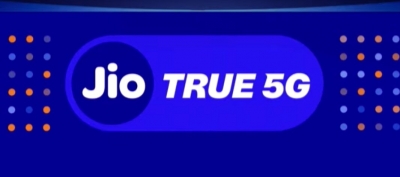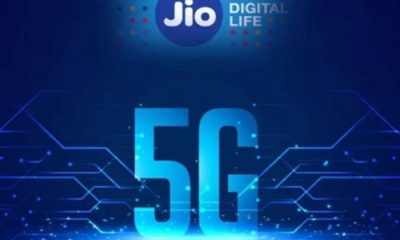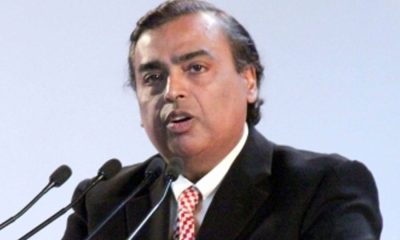Tech
India set for 5G spectrum auction, Reliance Jio, Bharti Airtel lead the race
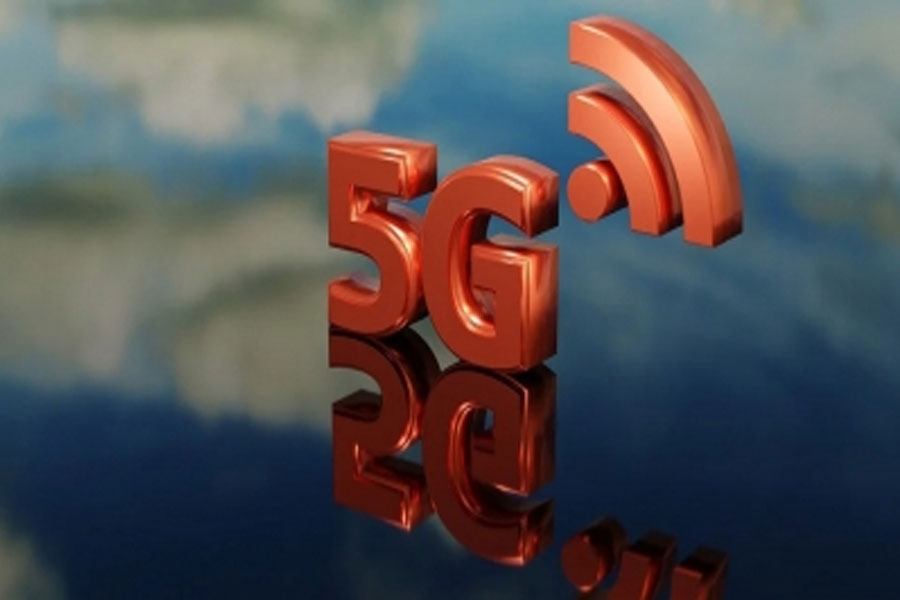
With the mega 5G spectrum auction (worth Rs 1.9 lakh crore) beginning from Tuesday amid the tussle over captive private 5G networks, Reliance Jio and Bharti Airtel are set to boost their market share as India prepares for a 5G era.
The four big players in the race — Reliance Jio, Bharti Airtel, Vodafone Idea and Adani group — having submitted a combined Rs 21,400 core in earnest money deposit (EMD), are ready with their war chests and strategies for the mega bid, that is likely to be around Rs 1.5 lakh crore if the last two auctions are kept in mind.
Reliance Jio Infocomm has submitted an EMD of Rs 14,000 while Bharti Airtel has put in Rs 5,500 crore.
In the 2021 auctions for 4G spectrum, Reliance Jio used 77.9 per cent of their earnest money deposit while Airtel used 87.7 per cent.
The 5G era will open 10 times faster than 4G and 30 times faster than 3G, allowing millions to have an experience never seen before.
The 5G auction — entailing 72 GHz of the spectrum – will conclude by July-end and the rollout is expected by September this year.
The Department of Telecom has released a notice inviting applications (NIA) for the auction of spectrum in 600, 700, 800, 900, 1800, 2100, 2300, 2500, 3300 MHz and 26GHz bands.
The NIA provides explicit clarity on the subject of Captive Non-Public Networks (CNPN).
The telcos are allowed to surrender spectrum that will be auctioned after a minimum period of 10 years from the date of acquisition.
Last month, in a big relief to telecom companies, the DoT scrapped the 3 per cent floor rate on spectrum usage charge (SUC).
5G in India will empower tech companies, enterprises and ecosystem players to build private networks and bring next-generation digital transformation which is critical for the country to achieve the goal of becoming a $1 trillion digital economy, according to industry leaders and experts.
According to Broadband India Forum (BIF), this will lead to better efficiencies, productivity and output for the enterprises, accelerate digitisation, boost capabilities, propel indigenous manufacturing and eventually garner greater economic gains for the country.
“As we look to cement India’s position as a global hub for manufacturing, supply chain and R&D, as well as one of the leading digital economies across the world, the advancement of enterprises through dedicated captive private 5G networks will help gain efficiencies in all vital industry verticals,” BIF President T.V. Ramachandran said.
Private 5G networks are about the deployment of high speed, enhanced data capacity, and ultra-low latency applications inside a closed manufacturing unit, hospital, airport, shipping port, etc.
The Cellular Operators Association of India (COAI), the industry’s apex body representing telcos, has urged the government not to allow Big Tech companies to enter the 5G spectrum auction via back door channels.
The COAI said that the 5G spectrum should not be provided on an administrative basis as it leads to no business case for the rollout of 5G networks in the country.
“If the independent entities set up private captive networks with direct 5G spectrum allotment by Department of Telecommunications (DoT), it will diminish the revenue so much that there will be no viable business case left for the telecom service providers (TSPs) and there will not remain any need for 5G networks rollout by TSPs,” COAI Director General, Lt. Gen. Dr S.P. Kochhar, said.
With the 5G auctions, India is one step closer to realising a 5G-led future, with a strong base of 5G-capable devices already in place.
Business
India added one new airport every 40 days in last 10 years: Civil Aviation Minister
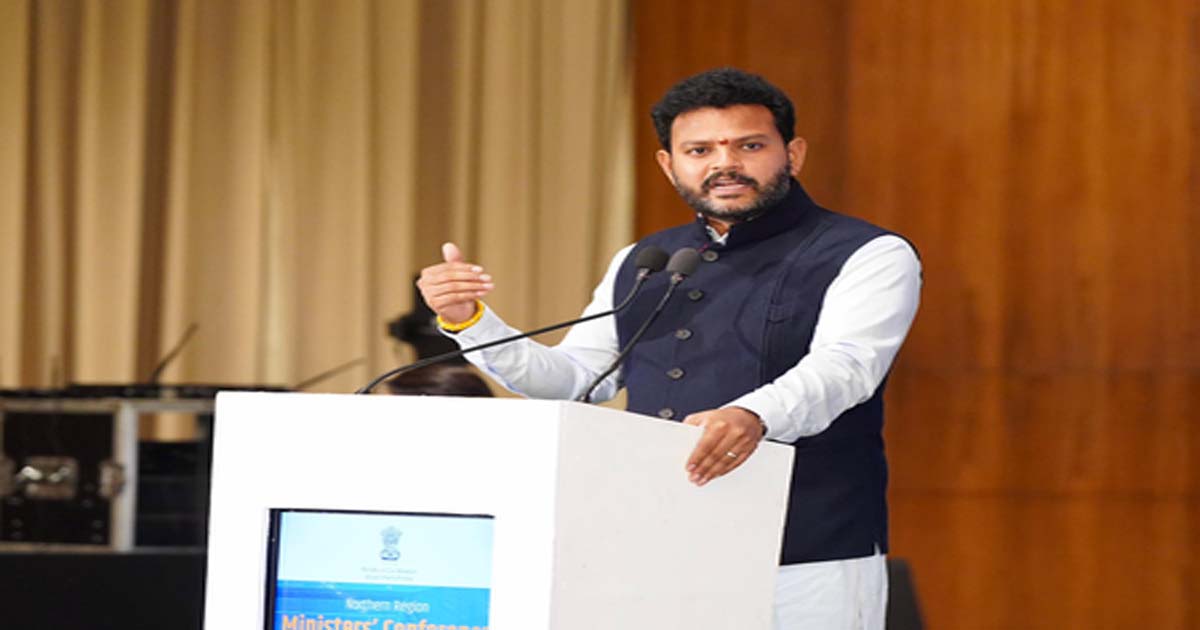
New Delhi, July 5: In just 10 years, the country have seen 88 new airports — nearly one new airport every 40 days — and added 60 additional flights every hour, Civil Aviation Minister Ram Mohan Naidu has said.
According to the minister, flying in India today is more accessible, more available and more affordable.
“Under the leadership of Prime Minister Narendra Modi, Indian skies are more connected, competitive and collaborative, said Naidu, reiterating the ministry’s commitment to collaborative, state-specific strategies for achieving inclusive aviation growth.
He was speaking at the ‘Northern Region Ministers’ Conference on Civil Aviation 2025’ in Dehradun, organised by the Ministry of Civil Aviation
“Through this strategic initiative we aim to identify the regional opportunities and unlock the vast potential of Tier 2 and 3 cities. If we look at the sector through numbers, then we can clearly see the scale of the opportunity that exists,” Naidu told the gathering.
At the event, Uttarakhand Chief Minister Pushkar Singh Dhami underlined the pivotal role of aviation in enhancing regional connectivity, enabling tourism, and supporting socio-economic development in the state.
He appreciated the phenomenal growth in the aviation sector and highlighted the prime importance of ensuring safety in the aviation operations, including helicopter operations in the hilly terrain of the state for which “the state government and the Ministry are deeply committed”.
A series of presentations was made by the Ministry on opportunities for the states in the aviation sector.
The plenary session provided an overall outlook emerging from the day-long conference, where Naidu outlined the Ministry’s strategic priorities for the region, including the development of heliport infrastructure, expansion of UDAN routes, strengthening of Flying Training Organizations and MRO hubs, and creating synergies between the Centre, states and industry stakeholders.
The Minister also reflected on key outcomes from the one-on-one meetings held between the Ministry and state delegations, and parallel sessions between state governments and aviation industry leaders, and assured all support from the Central Government in taking the aviation sector forward.
Tech
Study finds genetic mutation responsible for making humans more prone to cancer

New Delhi, July 4: A team of US researchers has identified a genetic mutation that increased the risk of humans getting cancer, paving the way for new treatments for the deadly disease.
Researchers from the University of California Davis, US, explain why certain immune cells in humans are less effective at fighting solid tumours compared to non-human primates.
The study, published in the journal Nature Communications, revealed a tiny genetic difference in an immune protein called Fas Ligand (FasL) between humans and non-human primates.
This genetic mutation makes the FasL protein vulnerable to being disabled by plasmin — a tumour-associated enzyme. This vulnerability seems unique to humans and is not found in non-human primates, such as chimpanzees.
“The evolutionary mutation in FasL may have contributed to the larger brain size in humans,” said Jogender Tushir-Singh, Associate Professor in the Department of Medical Microbiology and Immunology.
“But in the context of cancer, it was an unfavorable tradeoff because the mutation gives certain tumours a way to disarm parts of our immune system,” Tushir-Singh added.
FasL is an immune cell membrane protein that triggers a programmed cell death called apoptosis. Activated immune cells, including CAR-T cells made from a patient’s immune system, use apoptosis to kill cancer cells.
The UC Davis team discovered that in human genes, a single evolutionary amino acid change — serine instead of proline at position 153 — makes FasL more susceptible to being cut and inactivated by plasmin.
Plasmin is a protease enzyme that is often elevated in aggressive solid tumors like triple-negative breast cancer, colon cancer, and ovarian cancer.
This means that even when human immune cells are activated and ready to attack the tumor cells, one of their key death weapons — FasL — can be neutralised by the tumour environment, reducing the effectiveness of immunotherapies.
The findings may help explain why CAR-T and T-cell-based therapies can be effective in blood cancers but often fall short in solid tumours. Blood cancers often do not rely on plasmin to metastasize, whereas tumors like ovarian cancer rely heavily on plasmin to spread the cancer.
Significantly, the study also showed that blocking plasmin or shielding FasL from cleavage can restore its cancer-killing power. That finding may open new doors for improving cancer immunotherapy.
By combining current treatments with plasmin inhibitors or specially designed antibodies that protect FasL, scientists may be able to boost immune responses in patients with solid tumours.
“Humans have a significantly higher rate of cancer than chimpanzees and other primates. There is a lot that we do not know and can still learn from primates and apply to improve human cancer immunotherapies,” said Tushir-Singh.
“Regardless, this is a major step toward personalising and enhancing immunotherapy for the plasmin-positive cancers that have been difficult to treat,” he added.
Business
India will continue to be fastest growing economy, even perform better: FM Sitharaman
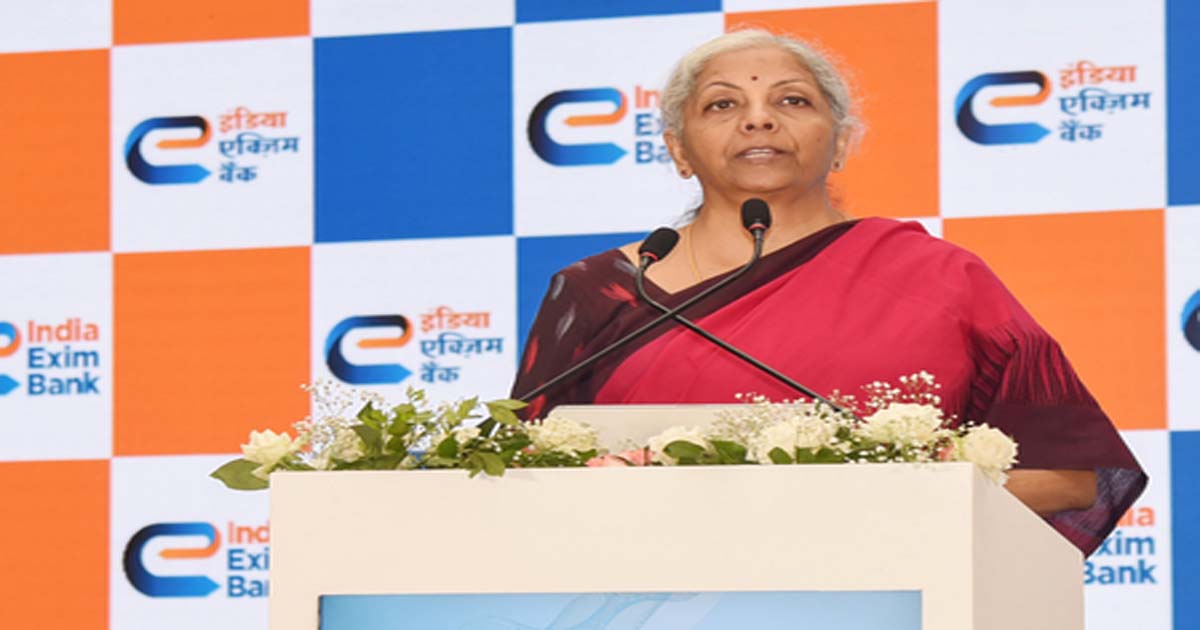
New Delhi, June 30: India will continue to be the fastest-growing economy at the current rate of growth — or even better — and with the monsoon being good, agriculture will definitely come up with a more positive number, Finance Minister Nirmala Sitharaman said on Monday.
The GDP growth accelerated to a robust 7.4 per cent in the fourth quarter of 2024-25, as result of which the growth rate for the full financial year works out to 6.5 per cent on the back of a strong performance of the agriculture, construction, and services sectors, according to latest RBI data.
In a series of posts on X social media platform, taken out from media interviews, the finance minister said this growth rate will continue, and may even become better with good monsoon around.
She further said that deepening of our markets is actually showing and “the retailers are benefitting, ordinary citizens are benefitting”.
“Our systems are transparent. They are digitised and can be accessed from home. Individuals are able to do it on their own rather than depend on others to help them out. These are signs of a very good dynamic economy,” FM Sitharaman emphasised.
According to her, it is clear from the policy that labour-intensive units will be given support.
“We have been specific that handicrafts, handmade goods etc will get succour. So there is no way in which we are choosing between one (labour) and the other (capital/tech). Manufacturing, whether it is employment-intensive, or requires automation, policy support will be given,” the Finance Minister highlighted.
Budget after budget over the past 11 years, this government under Prime Minister Narendra Modi “has made sure that we make some concrete policies that will help people, particularly the MSMEs,” she added.
Like the way PM Modi pushed the Aspirational Districts to meet saturation in most of the schemes, the Dhan-Dhaanya Krishi Yojana will make agricultural productivity the centre focus, and the value addition as the way in which farmers’ income can be increased even in these areas, she mentioned.
“So these are areas in which, in fact, I did suggest to the banks that in these 100 districts, banks should come up with tailor-made schemes for them,” said FM Sitharaman.
PM Modi has also been very keen that defence will not be left wanting.
“Defence’s requirements will be met. Since 2014, attention has been given to small and greater details of demands from defence, whether it is bulletproof jackets or getting the goods in time to the higher reaches,” she posted.
“Indian defence production itself has seen a different growth and today they are also becoming prominent exporters. Other than exports, the way in which domestic capacities have given us the advantage of buying from India for Indian purposes has actually marked the difference,” FM Sitharaman added.
-

 Crime3 years ago
Crime3 years agoClass 10 student jumps to death in Jaipur
-

 Maharashtra9 months ago
Maharashtra9 months agoMumbai Local Train Update: Central Railway’s New Timetable Comes Into Effect; Check Full List Of Revised Timings & Stations
-

 Maharashtra9 months ago
Maharashtra9 months agoMumbai To Go Toll-Free Tonight! Maharashtra Govt Announces Complete Toll Waiver For Light Motor Vehicles At All 5 Entry Points Of City
-

 Maharashtra9 months ago
Maharashtra9 months agoFalse photo of Imtiaz Jaleel’s rally, exposing the fooling conspiracy
-

 Crime9 months ago
Crime9 months agoBaba Siddique Murder: Mumbai Police Unable To Get Lawrence Bishnoi Custody Due To Home Ministry Order, Says Report
-

 National News9 months ago
National News9 months agoMinistry of Railways rolls out Special Drive 4.0 with focus on digitisation, cleanliness, inclusiveness and grievance redressal
-

 Maharashtra8 months ago
Maharashtra8 months agoMaharashtra Elections 2024: Mumbai Metro & BEST Services Extended Till Midnight On Voting Day
-

 National News10 months ago
National News10 months agoJ&K: 4 Jawans Killed, 28 Injured After Bus Carrying BSF Personnel For Poll Duty Falls Into Gorge In Budgam; Terrifying Visuals Surface





